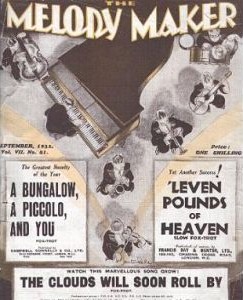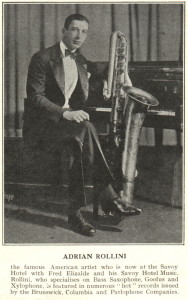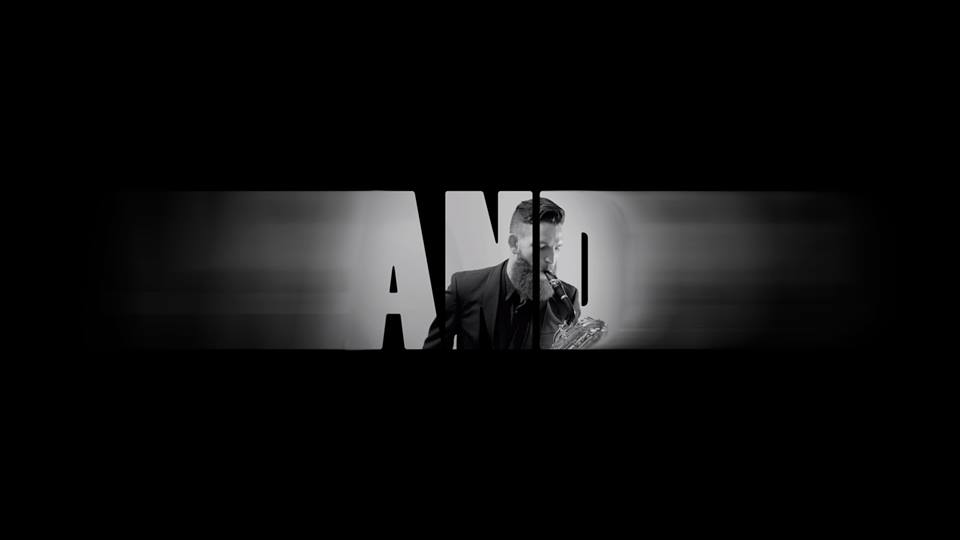For my birthday I decided to gift myself a couple lessons with a musician that I have admired and in many ways fashioned my own playing style after. He’s been in the jazz scene for decades and recorded with just about everyone of note for the past 40 years. I couldn’t believe my good fortune when I emailed him and setup a lesson. It was very expensive compared to what pro lessons cost in my area. For example, I have 2 extremely famous national touring jazz saxophone artists in my home town that charge 1/2 of what this Pro charges. But I was happy to pay what it took to be able to learn from a music hero of mine. What I got for my time and money was a peek into the life of a really experienced jazz musician and the person behind the album covers.
We scheduled over an hour of playing time virtually. Like most people who give online lessons he uses Skype. I’ve never been all that happy with audio quality of Skype but I decided to hookup my MXL condenser microphone and Focusrite Scarlett 2i2 interface and dialed him up. I was quite internally excited to have one on one access with a musician for whom I owned nearly his entire solo discography. After introductions and some long anecdotes I played through a tune then he played a bit.
First thing that caught my attention was that his tone was huge! Even through Skype’s mediocre audio quality the sense of size and depth was clear in my studio headphones. I tried not to giggle when he took his turn on charts as I was so surprised that he sounded so large even when he wasn’t trying to blow the house down. The second thing was that his versions of standards had a few different chords than iREalB or the Realbook I used. This is a recurring theme as I’ve played with other professionals who complained that these sources either oversimplify traditional chord chords changes or just flat have them wrong.
Now a few days before the lesson began I emailed him my background, playing weak spots, some tunes I was working on, and what I wanted to get from the lesson. I admit the list was expansive but I was planning on buying multiple lessons if the first was a success. During the lesson we had lots of down time as he hunted down charts or pulled up an old recording. I could tell he was winging it.
In some ways I was hunting for the secrets of his style. Hoping that a few lessons would give me insight into his approach to playing. The technical how’s and why’s of his unique musical vision. What i got in addition to some brief playing moments were tales from the road, some details of his health. If I didn’t communicate my needs in a way he understood then I may have been the problem.
What I learned from him directly:
- Memorize the melodies of the tunes, don’t be dependent on the Real Books
- Embellish the melody
- Don’t be afraid to arpeggiate the chords
- Play with recordings of your favorite artists. Try to mimic them exactly.
- I have a Mulligan type vibe when I play
What I learned from my experience:
- I have a Mulligan type vibe when I play 🙂
- I need spend more time with all of my chords especially dim and half-dim chords
- I need to send him the charts ahead of time.
- I need to be a bit more firm about keeping the lesson moving and the anecdotes more brief.
- There is no secret sauce, no mojo just practice and time.
TAKE AWAY: Neither one of us was truly prepared for the experience. While I enjoyed the personal anecdotes and reminder of musical fundamentals I didn’t feel like I had accomplished all that we could have in the time I paid for. What I experienced about personal tone will stick with me though.






